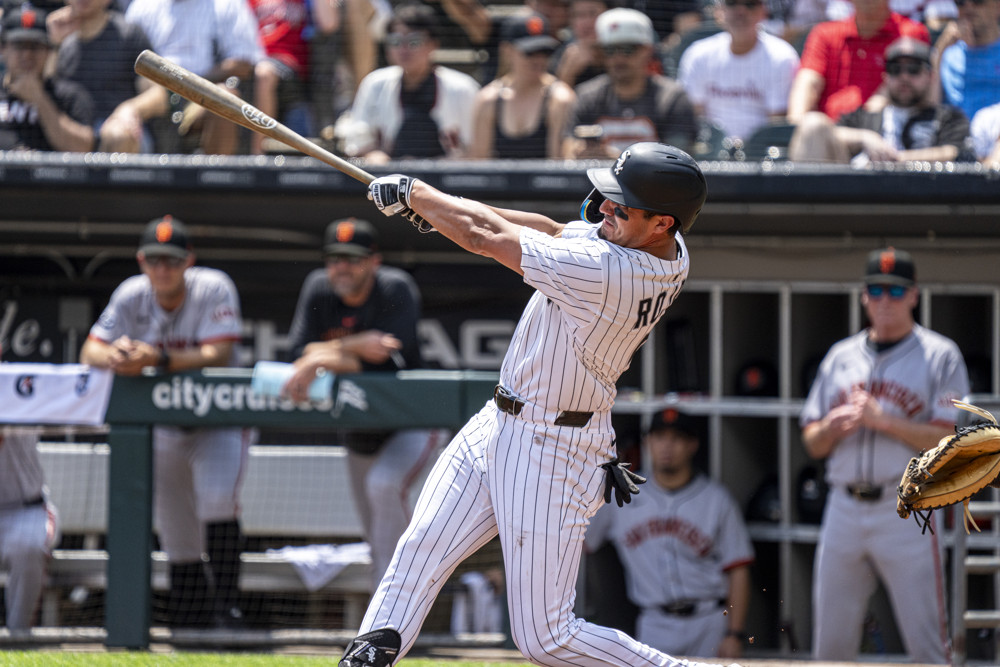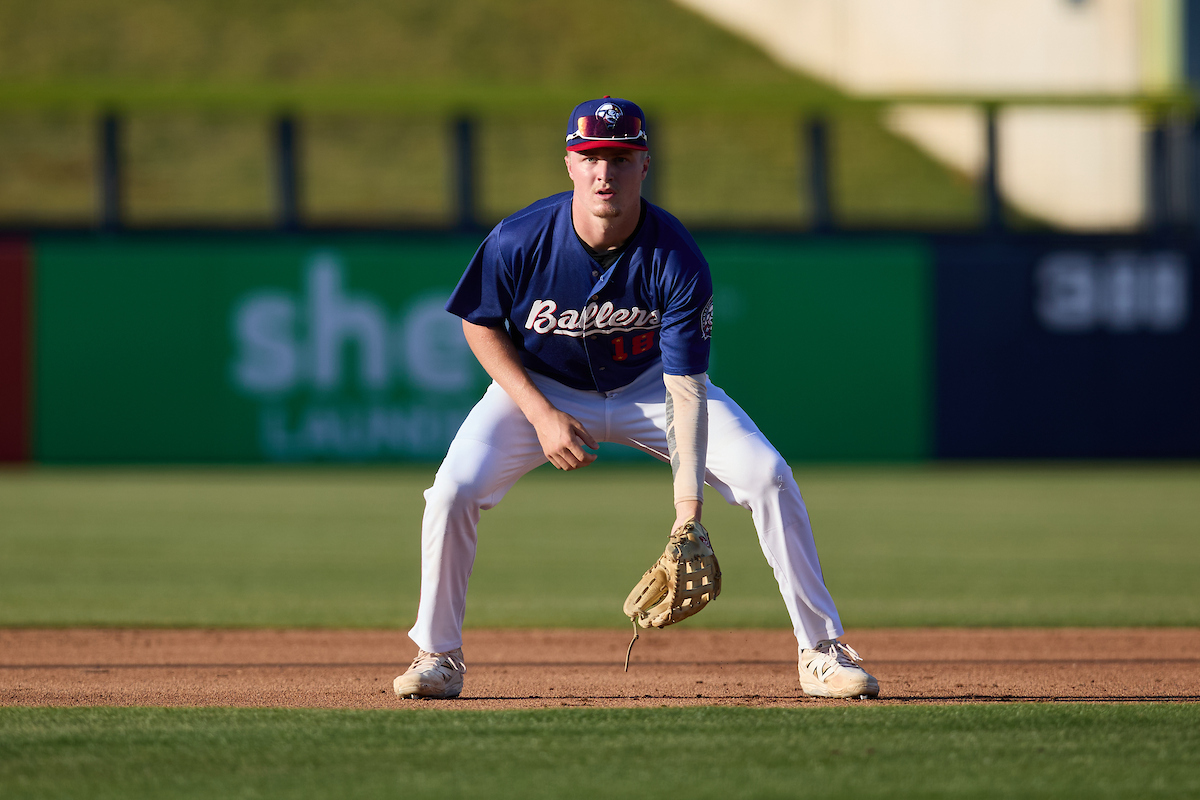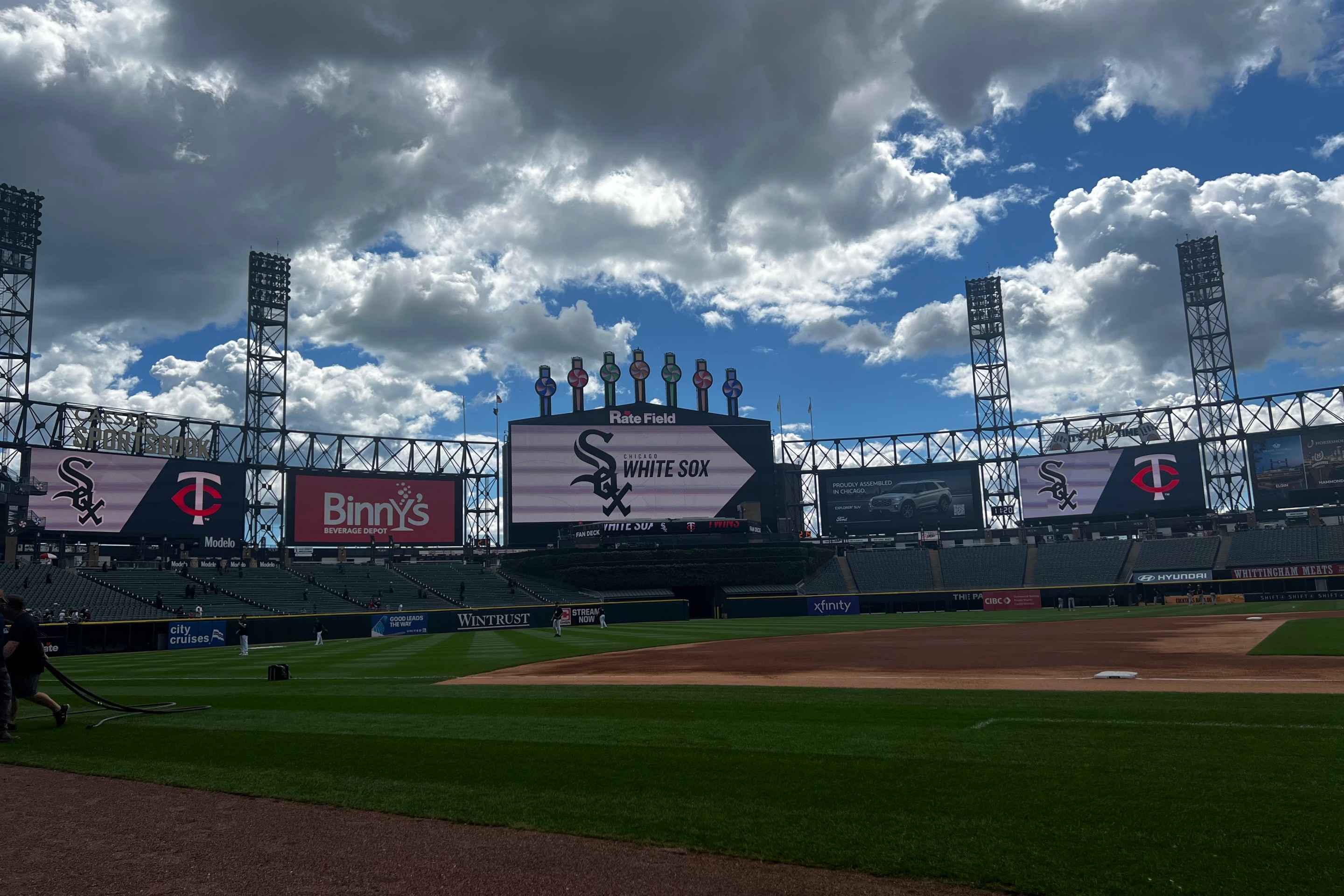After an unsuccessful scan through recent interview files, it might have been an unrecorded comment earlier this season where Garrett Crochet said something in the gist of: I knew I could command better.
There are times players say things like this in an attempt to assert confidence, and there are times where they refer to it like it's established fact. And Crochet has spoken in the latter tone this season about his ability to command at a starter level, despite a major league history that he'll concede showed little in-season evidence of this before.
Crochet has usually been a pretty effective pitcher at this level, but he has not previously resembled a precise one. He didn't walk anyone in his 2020 cameo out of the bullpen--
"Yeah, it was six innings. C'mon now," said Crochet, tossing that sample aside.
--but even that took on more the shape of a young pitcher throwing 100+ mph from the left side with elite extension and letting it rip with an unhittable heater, rather than tunneling different secondaries according to what quadrant his fastball is established in, which Crochet talks about more often now.
That shook out to an effective reliever with below-average control (11.7 percent walk rate) in the full 2021 season that followed. After Tommy John surgery nixed his 2022 campaign, a rusty-looking Crochet had more walks than strikeouts in very limited action last year.
And it is from that foundation that this current Crochet has emerged. He not only boasts a below-average walk rate (5.8 percent), but per Statcast just flat-out throws pitches in the strike zone at the four-highest rate among qualified starters (57.3 percent, half a percentage point away from leading MLB).
I don't want to get into the practice of airing unrecorded comments, least of all from the locker room. But it's relevant to mention that I posed the question to Crochet of how he knew he could command at these levels, and a teammate stopped what they were doing to interject some insight:
"Because he's got electric shit!"
It landed and reads like a punchline, but more considered responses ultimately presented similar content. The rookie reliever from 2020 who didn't walk anyone because even his grooved fastballs were swung through has just finally taken the next logical step.
"Confidence works wonders," said pitching coach Ethan Katz. "He knows he's good and that he's put in the work and knows himself a little bit better and understands where he needs to go, instead of kind of guessing and throwing pitches that didn't make sense."
To get technical about something as untechnical as baseball jargon, control is just a pitcher's ability to stay within the strike zone, and command is their ability to throw it in the spot they intend. While a pitcher who is commanding well typically will also demonstrate good control, all the numbers I threw at you about Crochet only prove he's doing the latter well.
And the suspicion is that in good health restoring his dominant upper-90s fastball, the improbable spring development of his lower-90s cutter, and his new understanding of how they all tunnel with each other, Crochet's performance has uncovered that so long as he is controlling well, his stuff is good enough to give him a large margin for error within the strike zone. When you can fill up the strike zone and generate outs, that winds up mimicking the results of good command well enough for everyone to go home happy.
"I always threw decent enough bullpens, but I would get into games and my focus would shift and I would just try and throw by-you fastballs," Crochet said of his past, before describing how his approach has evolved. "I'm not really trying to induce chases out of the zone beyond an 0-2 or 1-2 count. After that, if I throw a ball, it's usually unintentional. I'm just trying to be nasty. If I get a guy to two strikes and I throw a nasty cutter in the zone, I'm still confident I can get a guy to miss at that."
Typically something like Crochet's elevated home run rate (eight in 51⅔ innings) would be a way beyond the eye test of indicating that the lefty is more control-over-command. It's served to spike his ERA to 4.18 despite predictive stats and stuff metrics suggesting he's been pitching closer to an All-Star level than a league average one. But the bulk of those homers coming off backfoot sweeping sliders to right-handers that actually needed to be tunneled with arm-side fastballs rather than glove-side, wound up just further prodding Crochet along in his understanding of the safe areas in the strike zone his arsenal allots to him.
In talking to someone going the other direction in the starter-reliever journey like Michael Kopech, his relief in no longer having to worry about figuring out situations in which to use his changeup is palpable. For Crochet, he sees his new job where he's required to face batters multiple times and throw more pitches than he's ever shouldered as a professional, and sounds like a man getting to stretch his long legs out at the end of a lengthy flight.
"I'm going to face these guys multiple times so I can't just throw fastballs on the halves, I have to use quadrants," Crochet said. "That's why I've talked about being able to go up and down with the heater as well as in and out, up and in, or down and away. Before coming out of the pen, I don't exactly want to waste a pitch and be down 1-0 because I was trying to throw a fastball away and I missed off the plate. Now I feel like with throwing more pitches in a game, I have those chances to take my shot with a backdoor cutter or backdoor slider. If I throw it for a ball, there's still a reason for it. It's setting something up.
"Even if I miss off, I'm going fastball in. He saw it way out there and maybe it got him to lean a little bit and now I'm going fastball in, groundout to second base. I don't feel like I answered your question, but that is my full answer."
Crochet can't answer all the questions at this stage of the season. Do the safe spots in the strike zone, or places he can put his fastball to get back into the count shrink if his velocity dips as he pitches more innings than ever before in his life? Do the White Sox even let him keep starting if he does? He hasn't had a season as professional not touched by injury at some point, so will his most challenging role be the one that breaks that pattern?
But that it's gone this well, where his choppy five scoreless innings with three walks last time out was more of an exception than a norm, is already surprising people who were on board with this project. Crochet knew he had more command than we had seen before, but did anyone else?
"No. I'm surprised. I'm thrilled," Katz said. "I knew he had a big ceiling. It was just a matter of him. Him believing, being confident on that mound and trusting everything and not overthinking. He's ripping it. He's letting it go. He's confident as can be and he knows he's one of the better pitchers in baseball and that's a whole different animal when the guy on the mound is thinking that way and feeling that way, rather than trying to figure out who they are and what their identity is."
"I really don’t think anybody did," said Pedro Grifol. "Except him, and that’s the credit that I give him. He wanted to do this. And he was hellbent on doing this, mentally and physically. He’s got talent and he’s got the right mindset for it. We’ll see how it goes, but right now it’s going pretty damn good."






